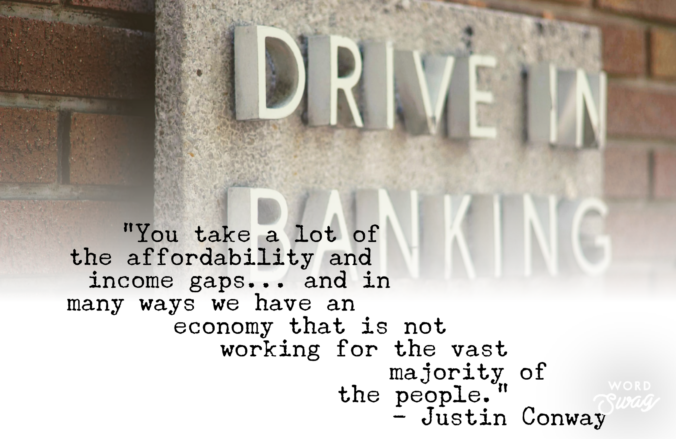Deposits in the United States are insured by one of two federal agencies: the Federal Deposit Insurance Corporation or the National Credit Union Administration. In the first quarter of 2021, the Federal Deposit Insurance Corporation reported 4,978 current FDIC-insured commercial banking and savings institutions in the United States providing banking and credit services. In addition, the FDIC acts as the federal supervisor to another 3,209 state-chartered banks and savings institutions in the United States that are not members of the Federal Reserve system. These FDIC-insured and supervised institutions serviced in total over $22 trillion in assets as of quarter one 2021 (FDIC, 2021). In the same time frame, the NCUA reported a total of 5,068 federally insured credit unions servicing $1.95 trillion in assets to over 125 million customers (NCUA, 2021). So, what does it mean to be underbanked or unbanked in one of the richest and most prosperous countries in the world?
Every two years since 2009, the FDIC conducts a household survey in cooperation with the U.S. Census Bureau on the use of banking and financial services in the United States. The survey collects responses from approximately 33,000 households to analyze trends in the financial services industry by geographical, demographic, and economic factors. The last survey, conducted in 2019, estimated 5.4% of U.S. households were unbanked, meaning that no household member had a checking or savings account at a bank or credit union. This percentage represents approximately 7.1 million households. Unbanked rates were higher amongst lower-income, less-educated, and Black, Hispanic, and American Indian or Alaska Native households. Among households reported as unbanked, 48.9% cited the reason for not having an account as, “don’t have enough money to meet the minimum balance requirements” (FDIC, 2019). Furthermore, according to a survey conducted in 2019 by the Federal Reserve, an additional 16% of adults are underbanked in the United States, meaning they have a bank account but still use other alternative financial service products such as money orders or pawn shop loans due to lack of affordability or access to traditional and more secure products (Federal Reserve, 2017).
On a global scale, 1.7 billion adults are reported as unbanked in 2017, with China and India accounting for almost 325 million unbanked individuals alone. Women disproportionally represent 56 percent of all unbanked individuals globally (Findex, 2017). Lack of access to traditional banking services hinders individuals’ ability to build emergency funding, execute financial transactions such as paying bills or cashing checks, and results in a lack of access to credit.
Tune into our Wilde Capital Management ESG Week podcast Day 2: Banking the Un(der)banked where we explore financial services trends with Justin Conway, Vice President of Investment Partnerships at Calvert Impact Capital.
https://www.ncua.gov/files/publications/analysis/industry-at-a-glance-march-2021.pdf
https://www.ncua.gov/files/publications/analysis/industry-at-a-glance-march-2021.pdf
https://www.fdic.gov/analysis/quarterly-banking-profile/statistics-at-a-glance/2021mar/industry.pdf

